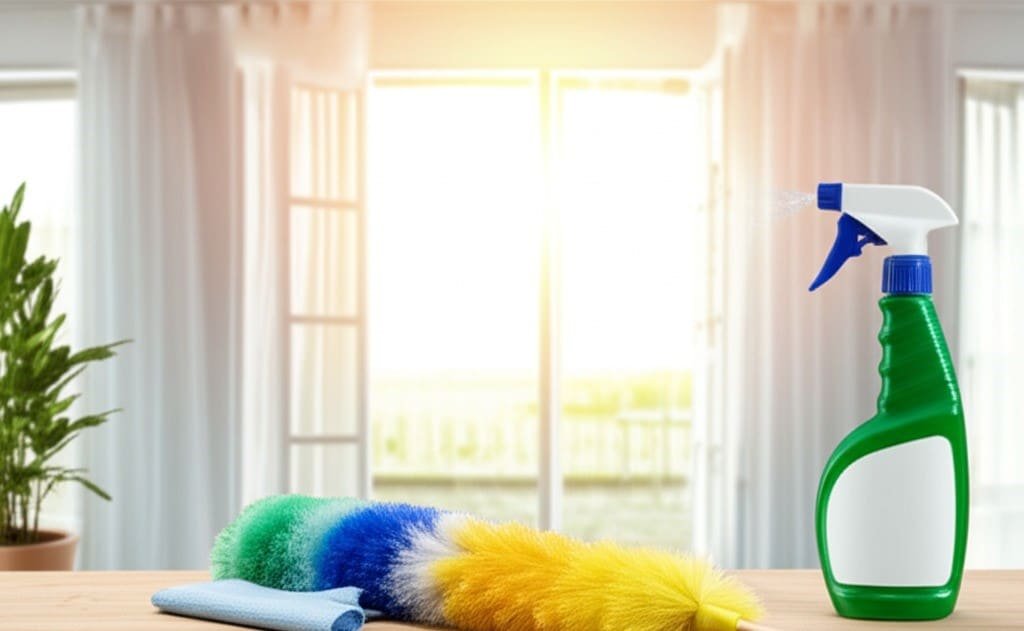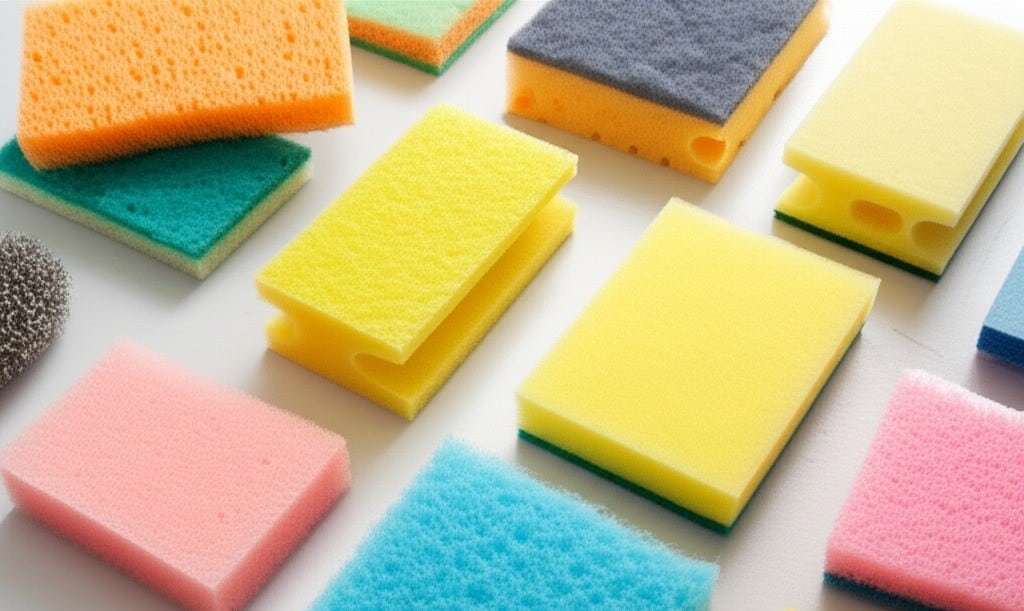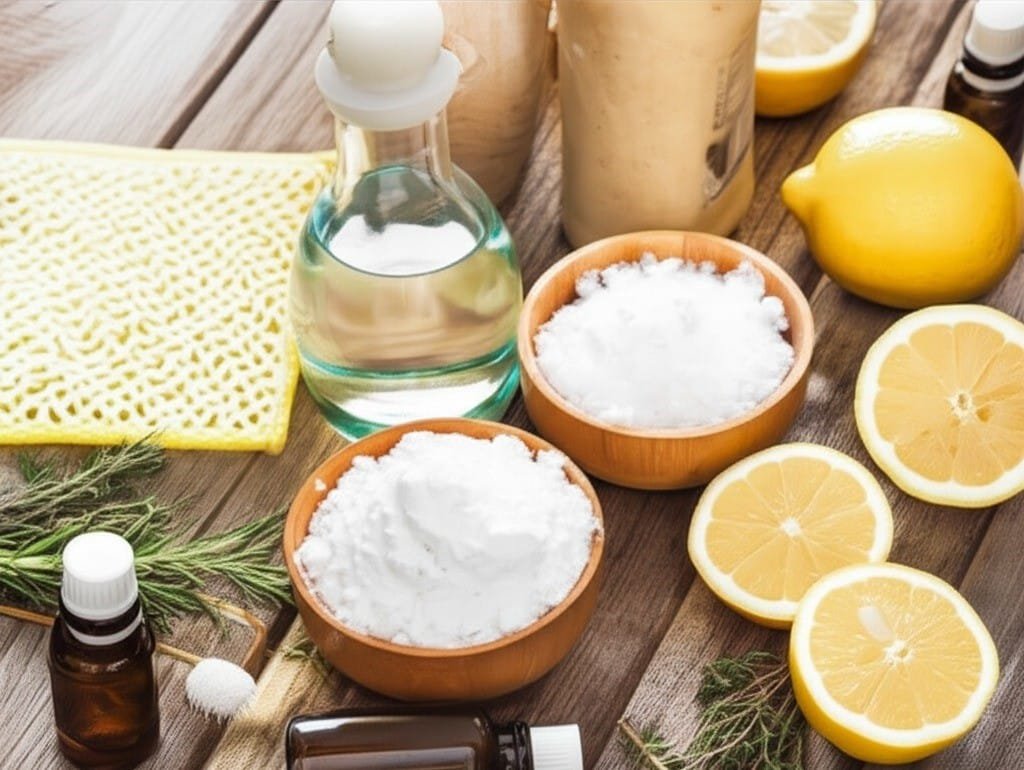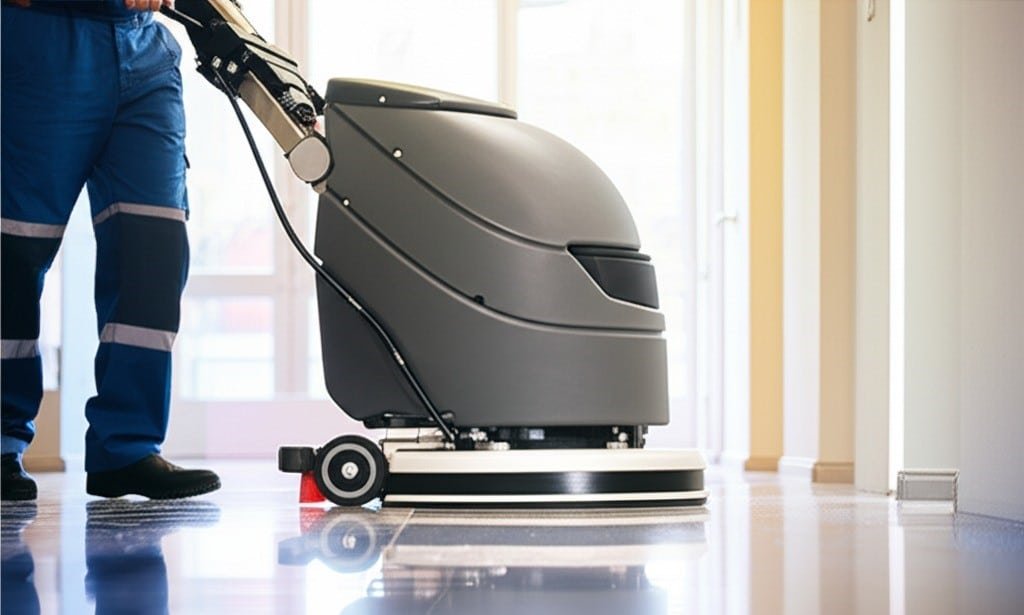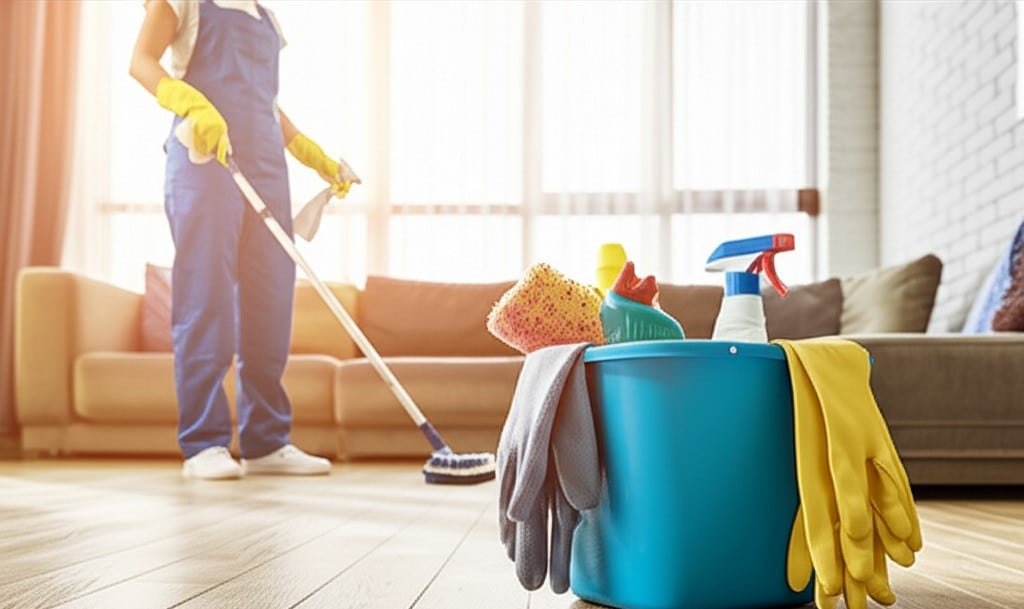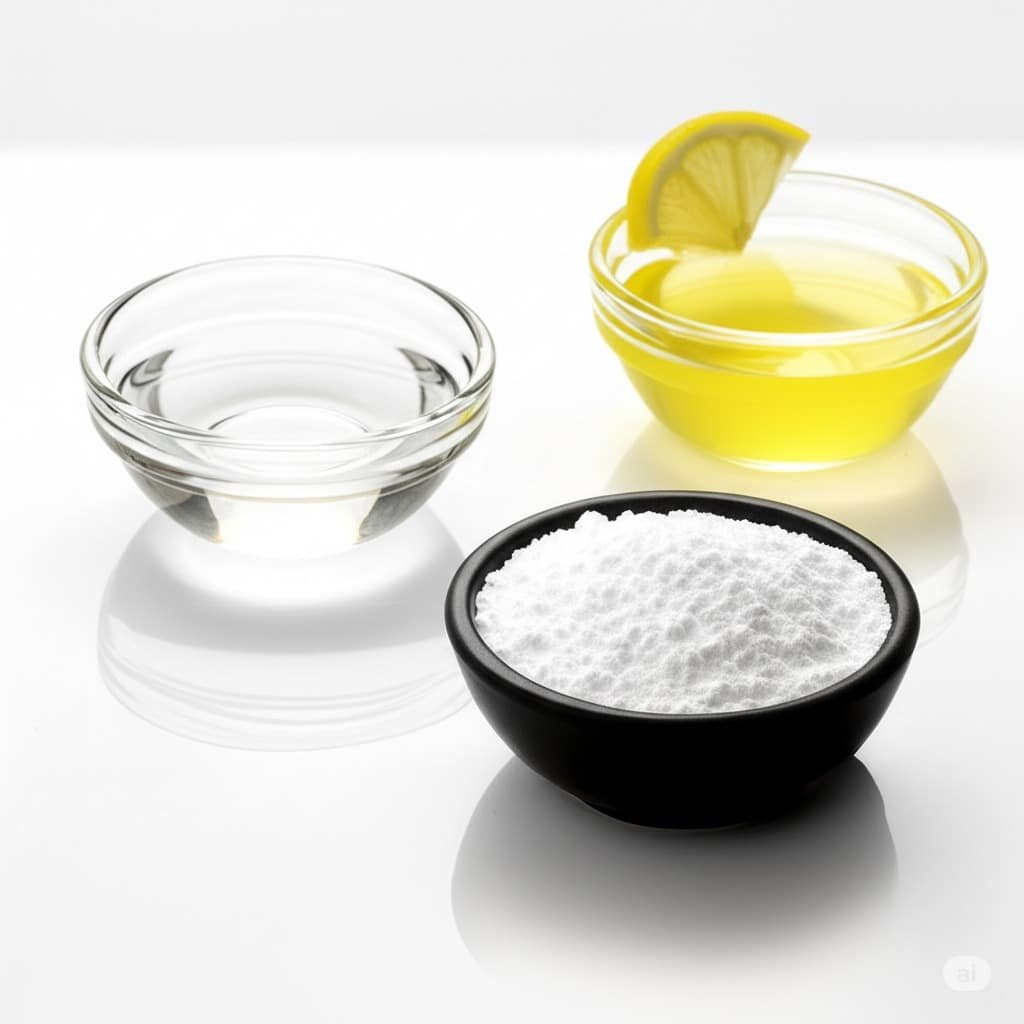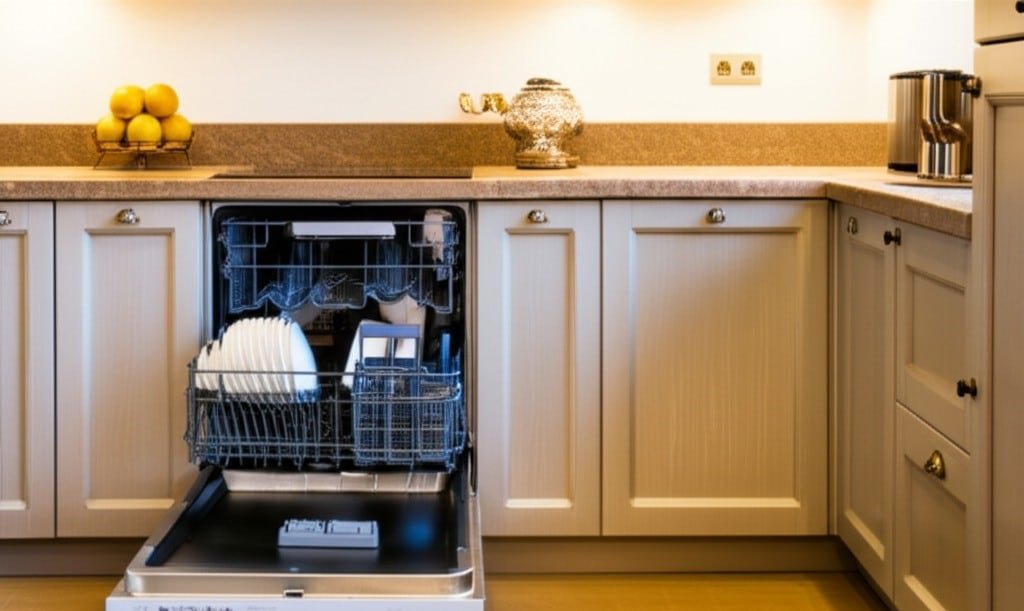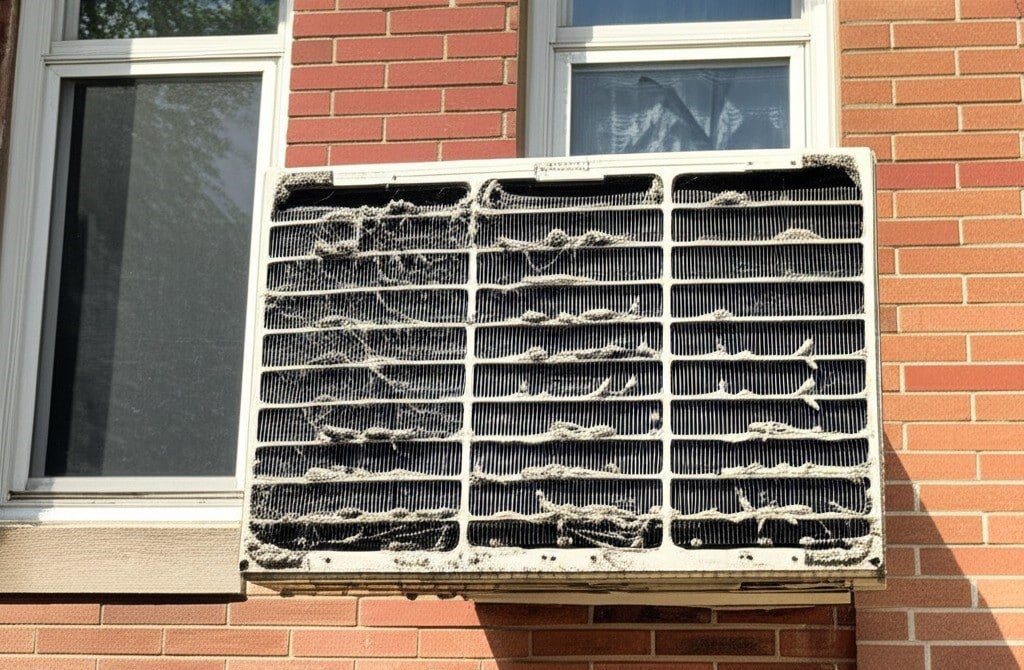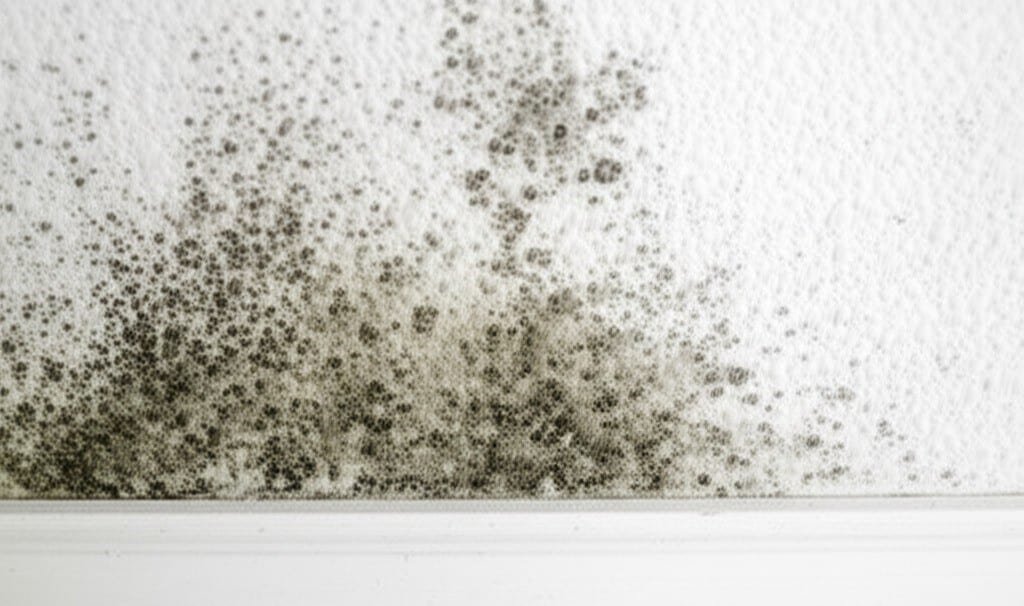Why Summer Is The Best Season To Do a Deep Cleaning At Home
The arrival of summer, with its longer days and warmer temperatures, brings with it a unique opportunity for home maintenance that is often overlooked in the rush of vacations and outdoor activities. It might seem counterintuitive to suggest a deep cleaning during a season traditionally associated with leisure, but upon closer examination, summer truly presents the most optimal conditions for a comprehensive revitalization of your living space. There are myriad practical advantages that the summer months offer, making them the ideal time to delve into those cleaning tasks that seem daunting during the colder, darker parts of the year, ensuring your home is not just superficially clean, but deeply, thoroughly refreshed. 1.Better Ventilation One of the most immediate and impactful benefits of summer cleaning revolves around the unparalleled ventilation it provides. Unlike the winter months, when windows must remain shut to conserve heat, summer allows for wide-open windows and doors, creating a natural cross-breeze that is invaluable for cleaning. This constant flow of fresh air is critical when using cleaning solutions, as it rapidly dissipates fumes and chemical odors, making the process far more comfortable and safer for occupants. More significantly, proper ventilation during deep cleaning ensures that any moisture introduced, whether from mopping floors, steam cleaning carpets, or washing upholstery, dries quickly and completely. This rapid drying is essential to prevent the growth of mold and mildew, which thrive in damp, stagnant environments and can lead to musty odors and potential health issues. The ease with which air can circulate in the summer means that deep cleaning projects, particularly those involving water, can be undertaken without the lingering worry of dampness becoming a problem, allowing for a much more thorough and worry-free clean. Beyond simple air circulation, the abundant sunlight of summer plays a transformative role in the deep cleaning process. Sunlight is a natural disinfectant, its ultraviolet rays capable of killing bacteria and other microorganisms on surfaces. After a long winter of closed-up spaces, letting direct sunlight into areas that might have been damp or enclosed can significantly improve hygiene. Furthermore, the sheer brightness of summer light reveals dirt, dust, and grime that might go unnoticed in dimmer conditions. Streaks on windows, smudges on walls, and dust motes dancing in the air become glaringly obvious under the intense summer sun, allowing for a more meticulous and effective cleaning effort. It’s a natural spotlight, highlighting every corner and crevice that needs attention, ensuring no speck of dust or forgotten smudge escapes your notice. This natural illumination empowers a level of detail in cleaning that is simply not achievable during the shorter, darker days of other seasons. 2.Better at Cleaning The ambient warmth of summer also contributes significantly to the efficacy of cleaning tasks. Warm temperatures help cleaning solutions work more effectively, breaking down grease, grime, and stubborn stains with greater ease than in colder conditions. This means less scrubbing, less product, and ultimately, a more efficient cleaning process. For tasks like washing down exterior walls, cleaning patio furniture, or even tackling greasy kitchen range hoods, the warmth helps to loosen dirt and allow cleaning agents to penetrate more deeply. The summer warmth also means that you can move furniture and items outdoors for cleaning or airing out without concern for the cold or rain, allowing for a more thorough cleaning of those items that are difficult to manage indoors. Rugs can be beaten and aired out in the sun, cushions can be scrubbed and left to dry quickly, and even mattresses can benefit from a few hours of sun exposure to sanitize and refresh them. This ability to extend the cleaning zone beyond the immediate confines of the house is a distinct advantage of the summer season. From a practical scheduling perspective, summer often presents more flexible timelines for many households. School is out for children, and many adults take their vacations during these months, leading to a potential increase in available time for household projects. Rather than squeezing deep cleaning into weekends already packed with commitments, the relaxed pace of summer can afford the sustained blocks of time necessary for a truly comprehensive clean. The longer daylight hours also mean that you can start earlier and finish later, providing ample time to tackle even the most extensive cleaning projects without feeling rushed. This extended window of opportunity allows for a more relaxed, systematic approach to deep cleaning, ensuring that every area receives the attention it deserves without the pressure of dwindling daylight or impending commitments. It transforms the daunting task into a manageable project that can be spread out over several days if needed, fitting seamlessly into a more leisurely summer schedule. 3.Pleasant Tasks Specific cleaning tasks that are particularly suited to summer further underscore its status as the ideal deep cleaning season. Washing windows and screens, for instance, becomes a much more agreeable task when done in warm, breezy conditions. Screens can be easily removed, scrubbed, and left to dry quickly in the sun, while windows can be washed without the concern of streaks forming due to rapid evaporation in cold weather, or the discomfort of working in chilly temperatures. Similarly, deep cleaning carpets and upholstery is optimally performed in summer. Professional carpet and upholstery cleaning often involves water extraction, and the ability to open windows wide and use fans to accelerate drying is paramount to preventing musty odors and mold growth. Attempting these tasks in humid or cold conditions can lead to prolonged drying times and potential issues, making summer the clear winner for such significant cleaning endeavors. The outdoor living spaces, which see the most use during summer, naturally become an extension of the deep cleaning project. Patios, decks, outdoor furniture, and BBQ grills accumulate grime throughout the year and are best cleaned when they are actively being used and appreciated. Cleaning a grill in sub-zero temperatures is an unpleasant, often inefficient task, but in summer, with warm water and the ability to easily hose things down, it becomes much more manageable. The very
Why Summer Is The Best Season To Do a Deep Cleaning At Home Read More »
